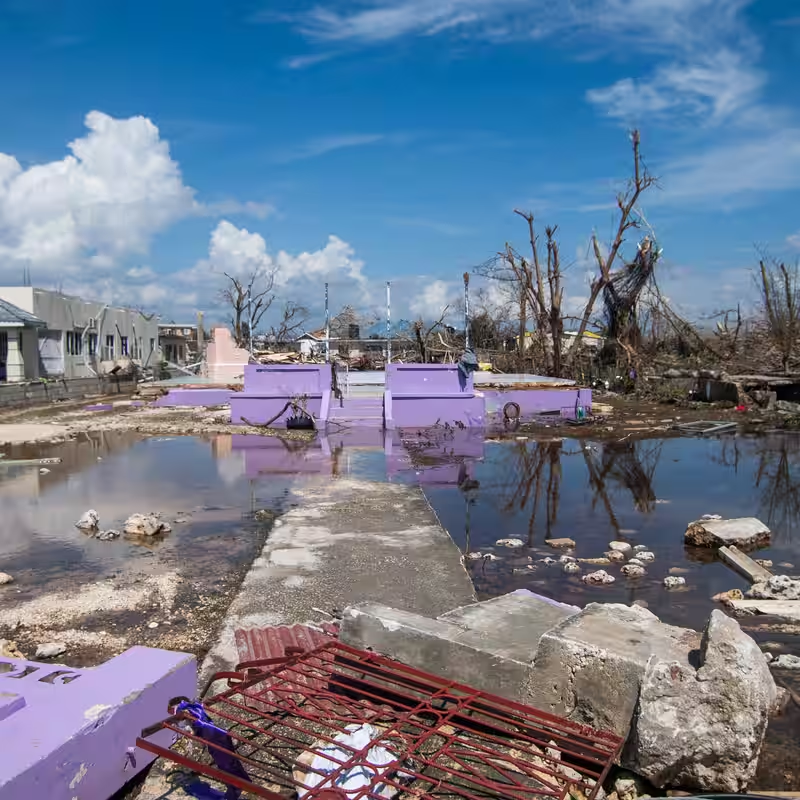Table of Contents
- Hurricane Melissa Strikes
- Jamaica’s Financial Fortress
- How the Disaster Finance Plan Works
- Will It Be Enough?
- Sources
Hurricane Melissa Strikes
Hurricane Melissa has slammed into Jamaica with devastating force—flattening crops, homes, and businesses while torrential rains washed away roads, trees, and even vehicles. The storm represents one of the worst-case scenarios the Caribbean nation could face.
Yet amid the wreckage, there’s a glimmer of preparedness: Jamaica isn’t just reacting—it’s responding with a pre-built financial arsenal designed specifically for disasters like this.
Jamaica’s Financial Fortress
Over the past several years, Jamaica has quietly constructed what experts are calling a “financial fortress” against natural disasters. With 82% of its population living near the coast and critical infrastructure concentrated in flood-prone zones, the island recognized early that climate resilience had to include fiscal readiness.
According to Finance Minister Fayval Williams, the country now has approximately $820 million in disaster-response financing ready to deploy. This includes a mix of insurance policies, catastrophe bonds, and emergency credit lines—all calibrated to activate based on the severity of an event.
“We can’t prevent the storms and hurricanes that come at us,” Williams said during a press briefing on Thursday. “But one thing this government can be credited with is putting together a robust national natural disaster risk financing policy.”
How the Disaster Finance Plan Works
Jamaica’s strategy is layered and strategic:
| Tool | Purpose | Activation Trigger |
|---|---|---|
| Catastrophe Bonds | Quick liquidity post-disaster | Wind speed or rainfall thresholds |
| Contingent Credit Lines | Bridge funding for recovery | Government declaration of emergency |
| Parametric Insurance | Rapid payout based on metrics | Verified meteorological data |
| National Disaster Fund | Immediate relief operations | Activated within 48 hours |
Unlike traditional aid models that rely on slow-moving international assistance or budget reallocations, Jamaica’s system is designed for speed and predictability—critical when every hour counts after a hurricane.
Will It Be Enough?
Economist Keenan Falconer, formerly with Jamaica’s finance ministry, notes that in past disasters, the government was forced to shuffle existing budgets just to fund basic relief—an approach that hampered both recovery and long-term planning.
Now, with dedicated instruments in place, officials hope to avoid that scramble. But Hurricane Melissa’s full toll remains unknown. Early damage assessments suggest widespread destruction across agricultural zones and coastal towns like Black River, where schools and homes were leveled.
The true test? Whether $820 million can cover both immediate humanitarian needs and the longer road to reconstruction—without derailing Jamaica’s hard-won macroeconomic stability.
[INTERNAL_LINK:hurricane-preparedness] | [INTERNAL_LINK:caribbean-climate-risk]




